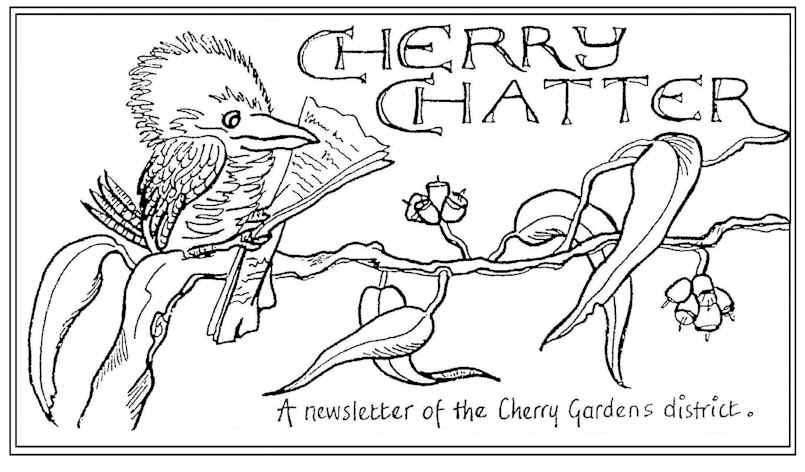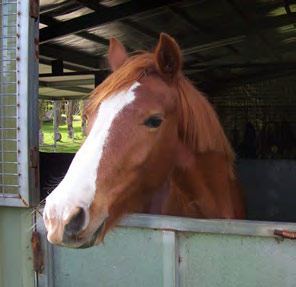Over the stable door
Greetings Fellow Equines and Horse Owners!
We are well into winter now and with the change in seasons often comes a change in routines for owners and equines.
Some of us may find ourselves being yarded or stabled more often and for longer periods. We may also find ourselves feeling a little more neglected due to inclement weather. Horses, although sensitive are actually quite adaptable to the most amazing variety of things. Providing we are given ample time to adjust to changes of feed and routine, we can survive quite well!
Three essentials for the maintenance of our wellbeing include
the opportunity to forage (chew),
move (up to 30km per day) and
access to social company.
When we are yarded or stabled, these 3 essentials can be quite compromised. In extreme situations, it can lead to ulcers (through stress), explosive behaviour or neurotic behaviour such as fence walking, crib biting or weaving.
Each horse is different and will cope with confinement in different ways, but all of the above behaviours are just ‘coping’ behaviours, not naughtiness of behaviour with some evil intent. In the natural, free ranging environment, a horse can chew up to 40,000 times a day as he forages. This is why when he is stabled, that it is important to mimic this need as much as possible. The easiest and safest way is to provide ad lib meadow hay. This keeps the gut active, keeps him warm and satisfies that chewing need. Of course the hay needs to be plain, clean and fresh. The horse has evolved to eat around 20 hours a day. Unlike humans whose digestive juices are active only when we eat, the horse continually secretes these juices. So ideally he should never be without some food to chew for more than 2 to 3 hours per day. Over a prolonged period, absence of food can lead to ulcers and other ‘ cranky’ behaviour.
As far as movement goes, a horse completely confined to his stable may try to compensate by walking around and around his stable and then when he is let out, he explodes out through the door! So ideally, a stabled horse should have some free paddock time every day to compensate for that loss of movement.
The last need is the social one and is absolutely vital for the horses’ mental well-being. If you have an ‘only’ horse, you have an added responsibility to provide him with company, and that may well be yourself. Horses can form attachments to other species such as donkeys, sheep or goats too, but at the end of the day, it is another horse which they will prefer. When horses are mostly in the paddock, the routine may not be as regimented as when they are yarded or stabled. They love routine as it makes their life predictable and therefore safe. However, they can become so addicted to their routine, especially at feed time, they can become quite anxious. So to counteract this you can slightly alter the daily routine so that it is not all that predictable. This way they get used to seeing you walking to the stables for example and this may not always mean ‘food’! It may mean just coming out for a groom.
As always with any changes in routine or environment, make the changes gradual and be aware of any alterations in behaviour. For yours truly, I really enjoy coming out of my yard in the mornings as it means I get that freedom to move and I know there is a feed of meadow hay to come! My paddock mates are with me, so I get plenty of social contact. My special mate and I love to have a session of mutual grooming just to get the day going!
Happy munching and safe riding,
Hamish

